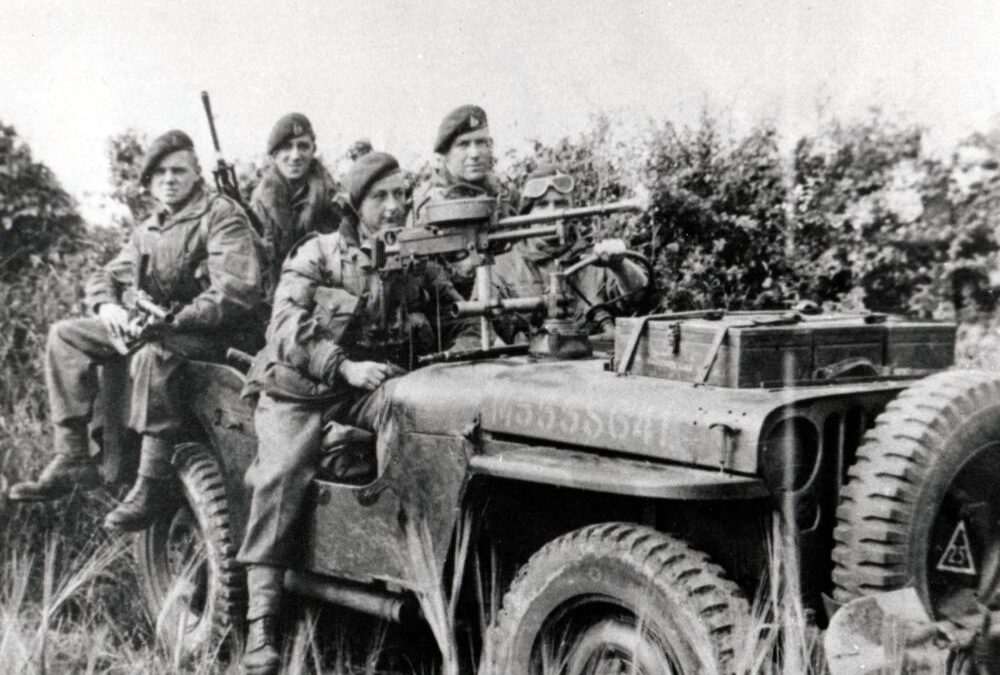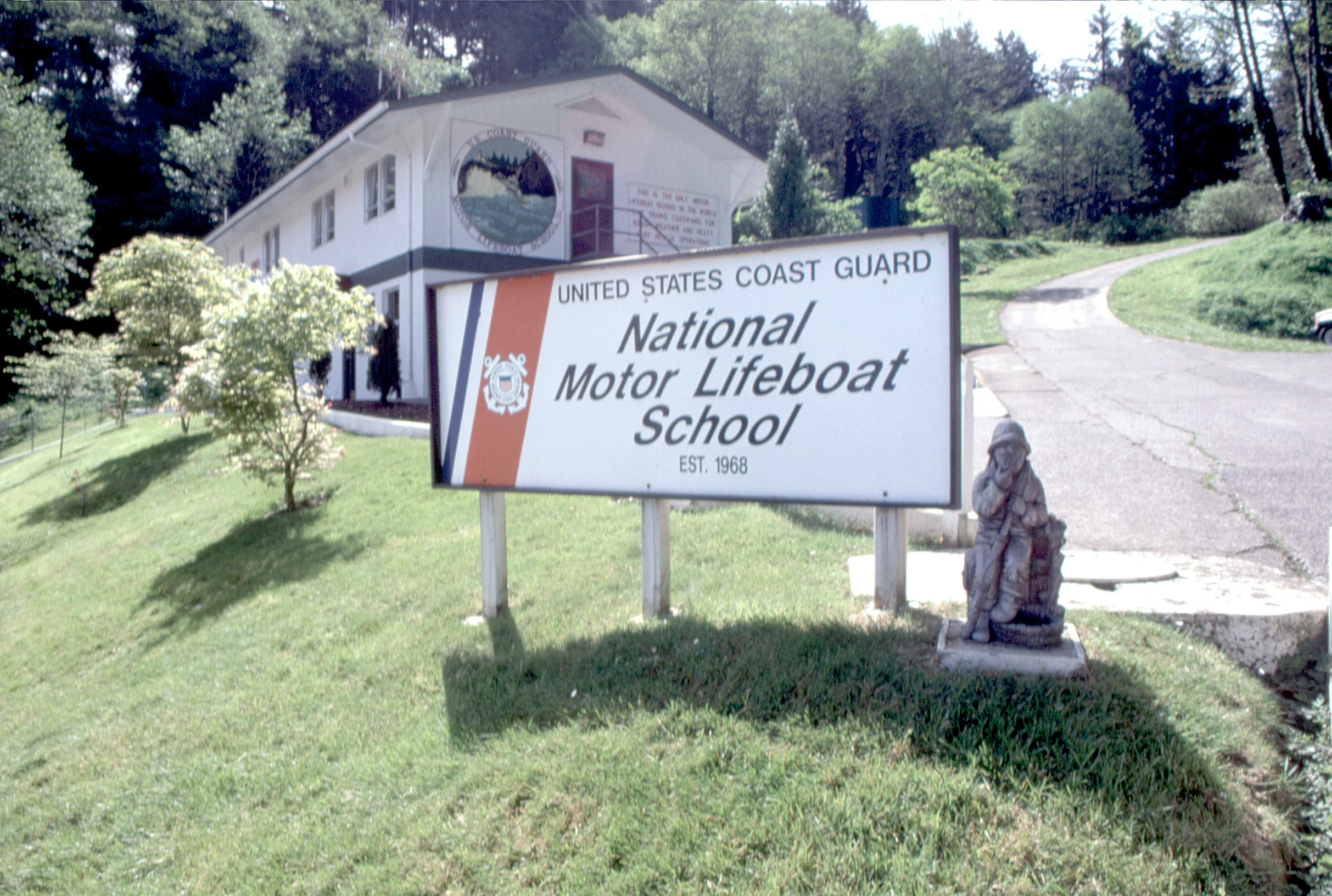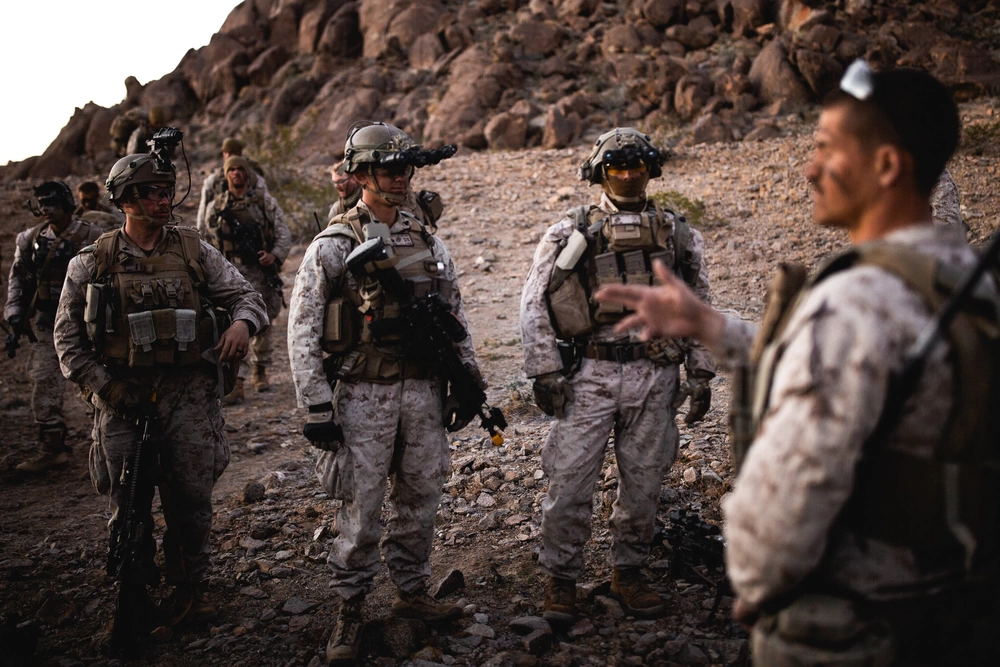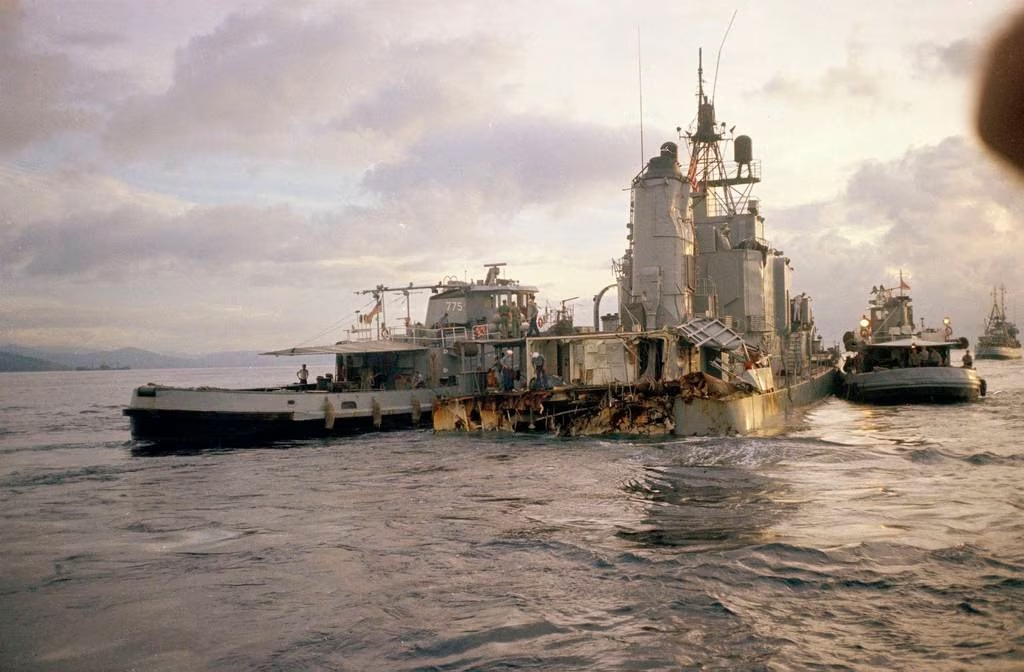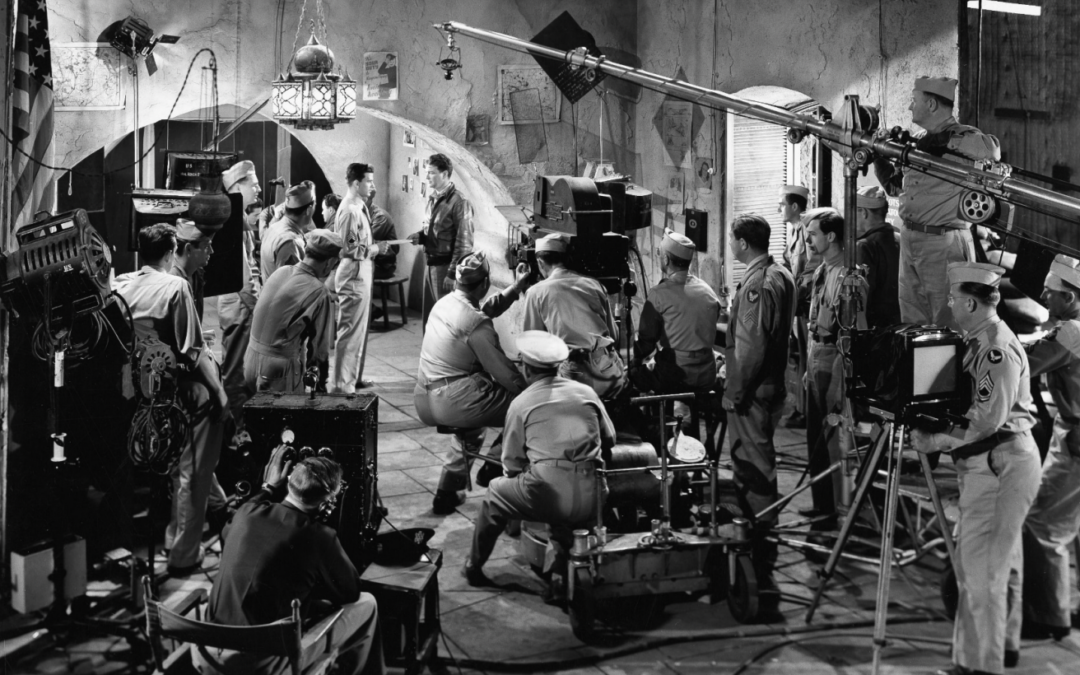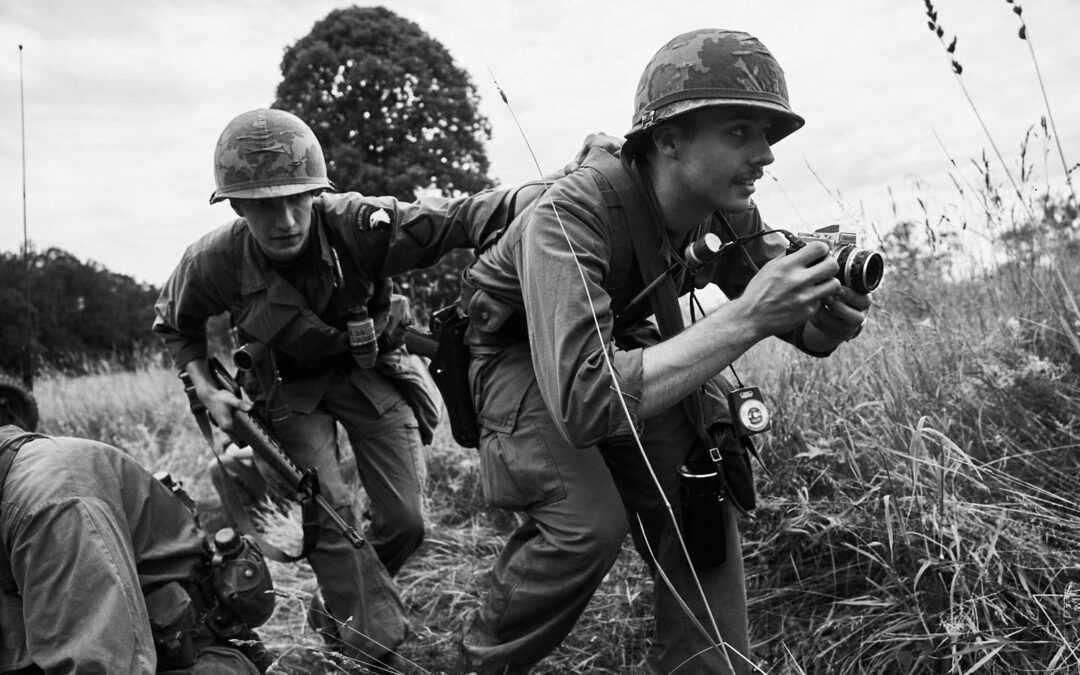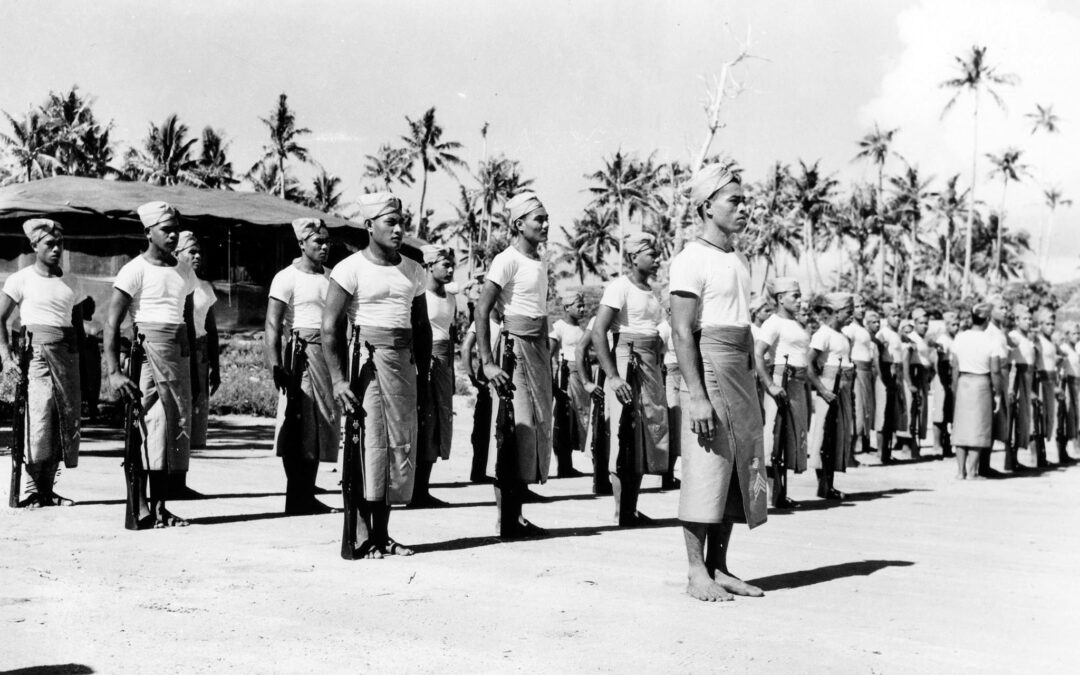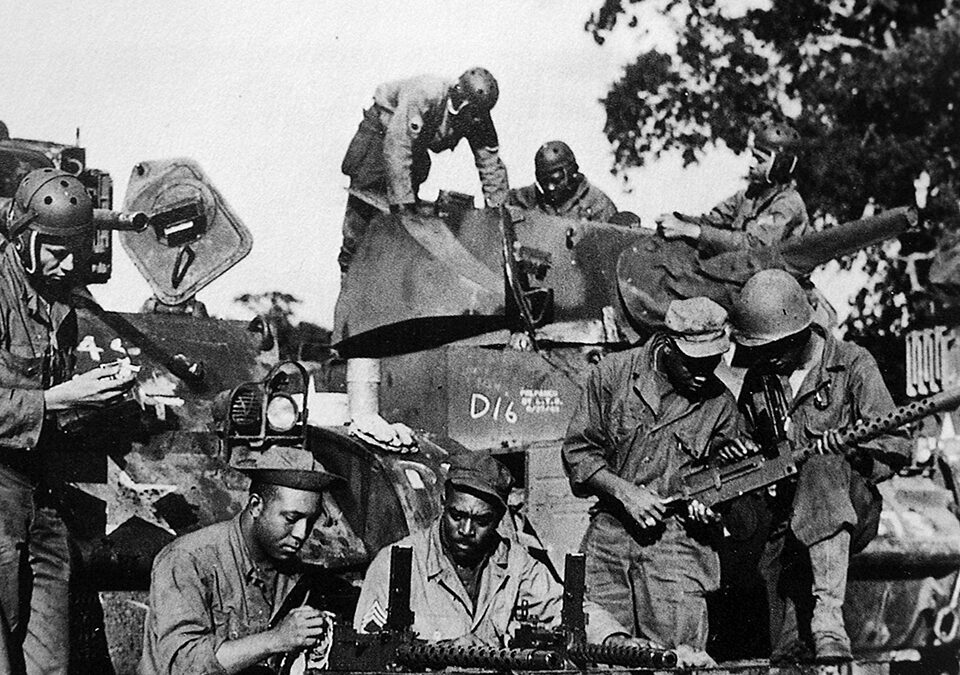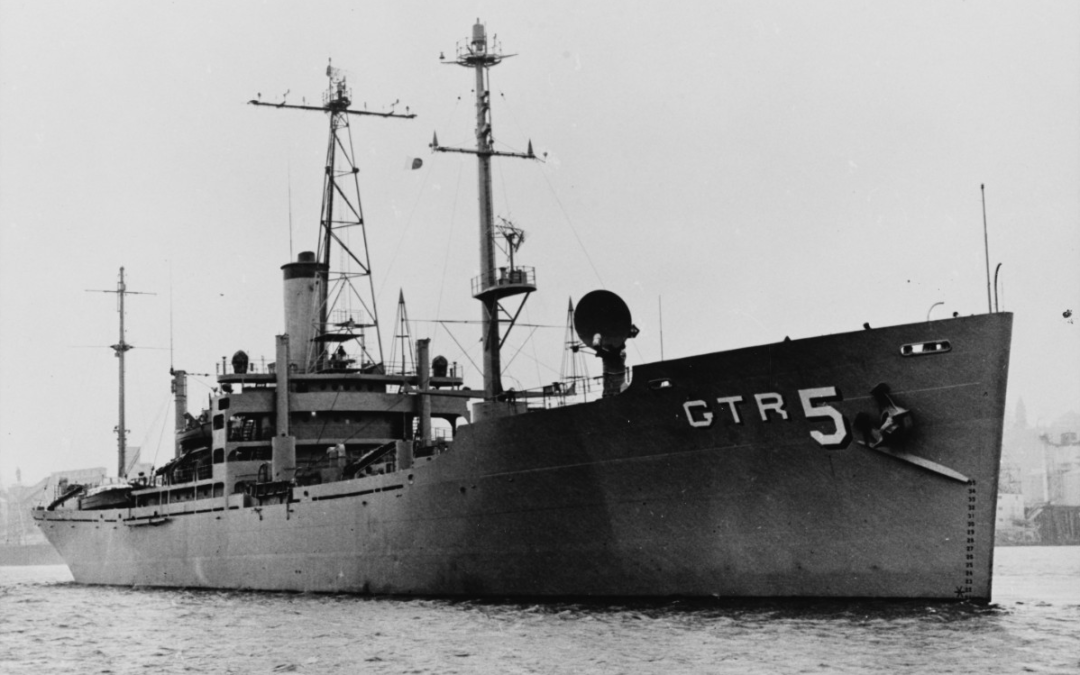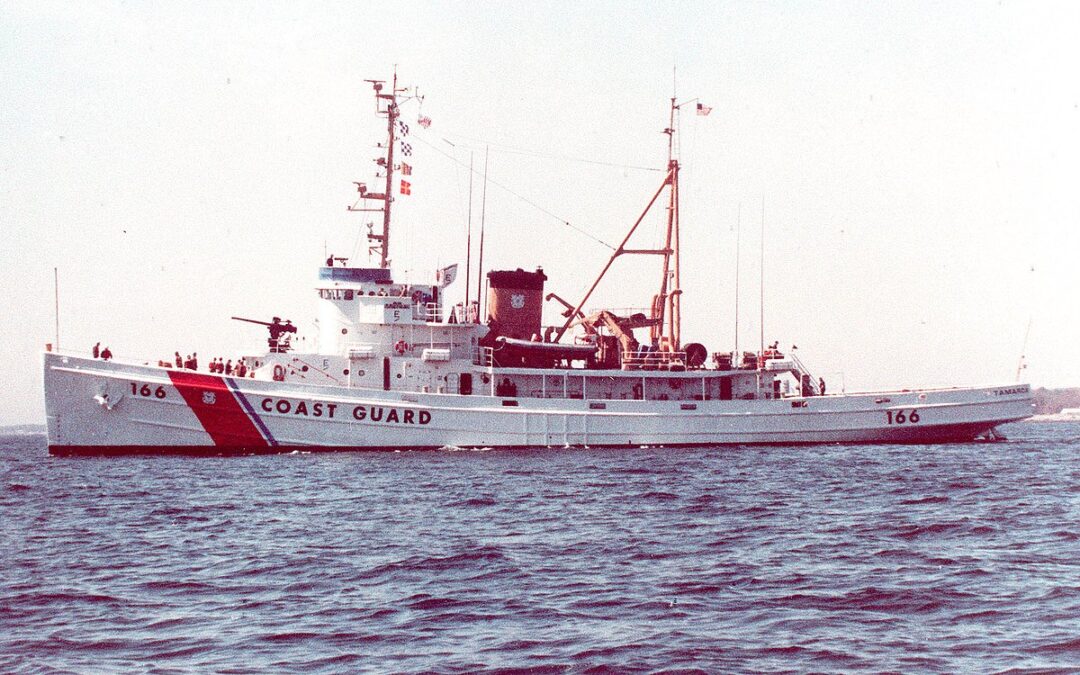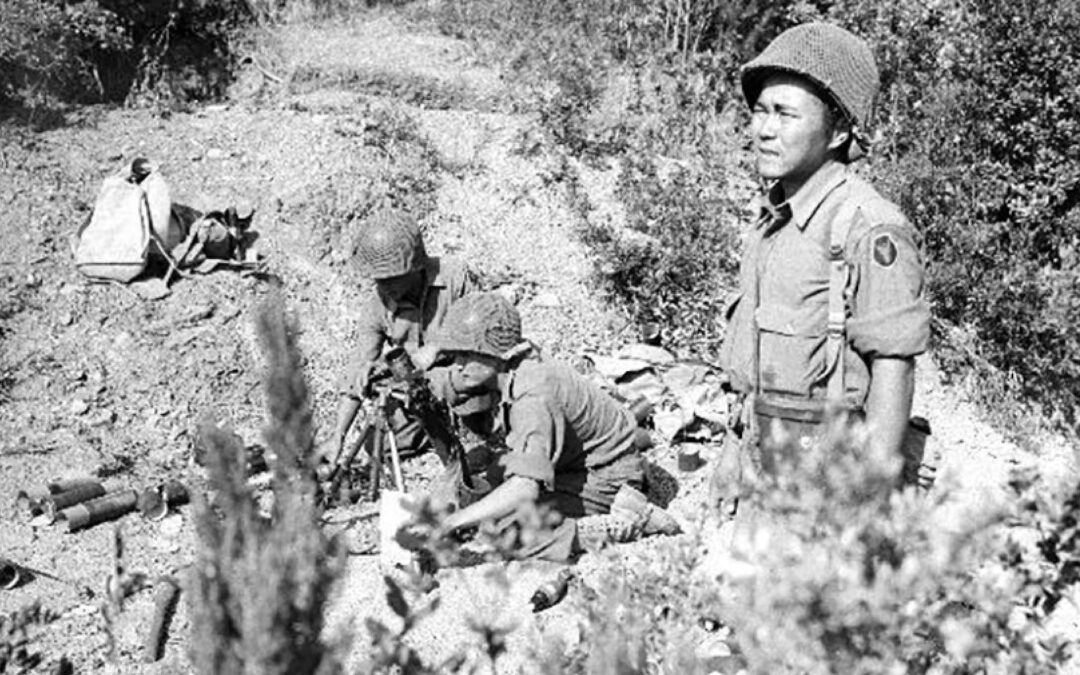The squadron emblem roundel pictured above is still current and has been in active use since 1933. As of this year, there are twenty-six active reconnaissance squadrons in the United States Air Force. The 1st Reconnaissance Squadron, by that specific unit designation, was not technically constituted until 1991-94 but was preceded by the 1st Strategic Reconnaissance Squadron in 1966 and two training units utilizing similar nomenclature in between. Yet, this organization traces its full roots back to the US Army Air Service, 1st Provisional Aero Squadron in 1913. In all but six of its fifteen inclusive designations, its duty has been observation, as it was once termed, reconnaissance by the current definition. According to the Air Force Historical Research Agency, that role is "Reconnaissance" complements surveillance in obtaining, by visual observation or other detection methods, specific information about the activities and resources of an enemy or potential enemy or in securing data...
